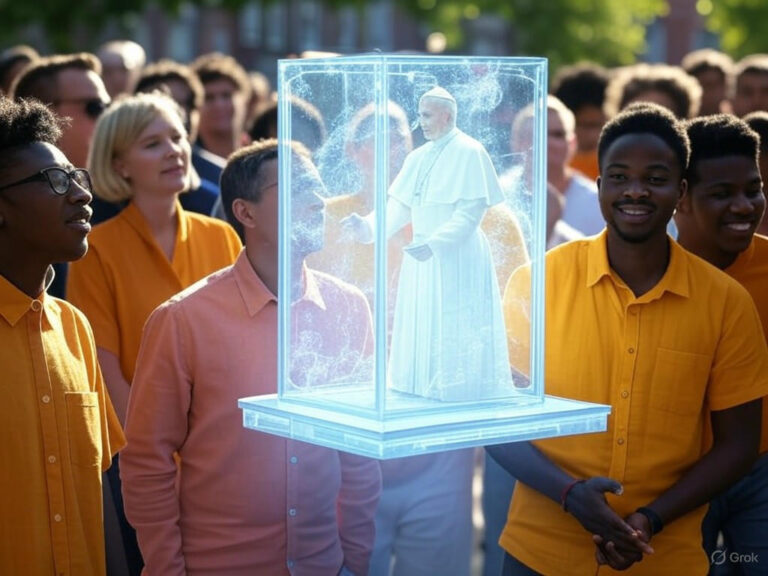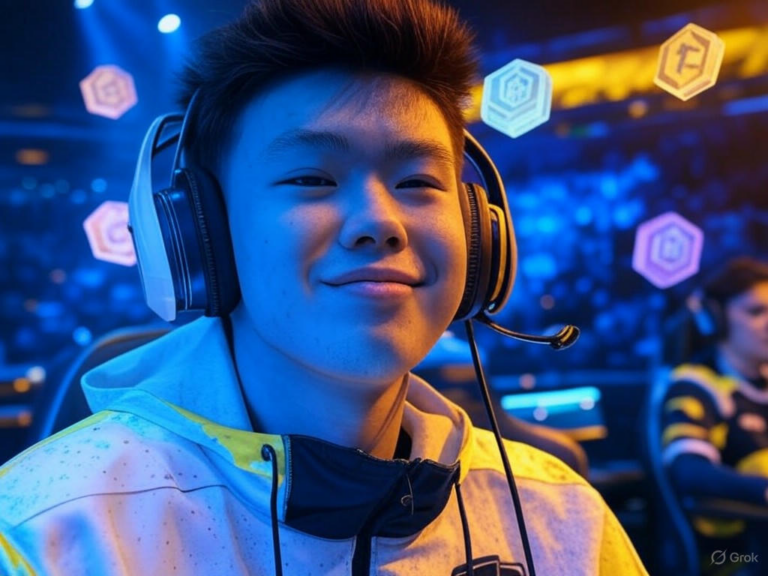
Pro-Palestinian Protests Lead to Clashes at Columbia University
Columbia University Erupts Amid Pro-Palestinian Demonstrations
Recent Columbia University protests have thrust the Ivy League institution into the spotlight, as pro-Palestinian activists clashed with campus security, leading to chaos and widespread arrests. This unrest began at the iconic Butler Library, disrupting what should have been a focused study period for students gearing up for finals. As tensions boiled over, the incident highlighted the delicate balance between student activism and campus safety.
What started as a peaceful gathering quickly escalated into a standoff, involving public safety officers and resulting in at least 75 arrests. Have you ever wondered how a single demonstration can ripple through an entire university? In this case, it not only affected those directly involved but also raised questions about free speech and administrative oversight at Columbia.
Timeline of the Protest: From Reading Room Sit-In to Escalating Clashes
The Columbia University protests kicked off on a Wednesday afternoon when activists occupied a section of Butler Library, turning a quiet study space into a hotspot of dissent. Protesters, many wearing masks in defiance of university rules, claimed the area to voice their support for Palestinian rights, coinciding with the critical pre-exam reading week. This timing added an extra layer of frustration for students trying to focus amid the noise and disruption.
- Eyewitnesses reported protesters barring entry and allegedly damaging property, which drew immediate attention from campus authorities.
- Public safety officers arrived, demanding identification and ordering the group to disperse, but resistance only intensified the situation.
- As some tried to exit, mandatory ID checks created bottlenecks, turning the library into a scene of confusion and heightened emotions.
- Meanwhile, unaffected students were permitted to leave, leaving many to reflect on how quickly a peaceful protest can spiral.
Imagine preparing for a major exam only to find your study spot overrun—it’s a scenario that underscores the real-world impact of these events. For those passionate about social causes, this timeline serves as a reminder of the fine line between expression and interference.
Law Enforcement Response and Mass Arrests
As the Columbia University protests grew more volatile, university officials called in the New York Police Department (NYPD) for backup, leading to a dramatic intervention. Officers moved in to clear the library, resulting in at least 75 arrests, with reports of injuries to two public safety officers. The scene was chaotic, with some detainees removed on stretchers amid the scuffles.
- The NYPD’s arrival escalated things further, as crowds outside the library swelled in solidarity, creating additional tensions.
- A fire alarm added to the pandemonium, forcing evacuations and highlighting potential safety risks in such confrontations.
- Not all those arrested were university affiliates, which raised broader questions about external involvement in campus activism.
This response from law enforcement might make you think about how institutions handle protests—do they protect or overreach? It’s a common dilemma in today’s climate, where quick decisions can have lasting effects on community trust.
Impact on Campus Life and Academic Activities
The fallout from the Columbia University protests has rippled through daily life, turning study halls into conflict zones and disrupting the academic rhythm for hundreds of students. With finals looming, many found their preparation derailed, as the university grappled with enforcing order. A spokesperson for Columbia condemned the actions, emphasizing that such disruptions harm the very environment they aim to protect.
“While this is isolated to one room in the library, it is completely unacceptable that some individuals are choosing to disrupt academic activities as our students are studying and preparing for final exams. These disruptions of our campus and academic activities will not be tolerated.” — University spokesperson
University Policies and External Pressures
Columbia’s handling of the protests reflects growing external influences, including federal scrutiny that has pushed for stricter rules. The Trump administration’s threats to cut funding have led to policies like a mask ban, which protesters openly flouted during the event. This backdrop adds complexity to what might otherwise be seen as routine student activism.
- Cases like the detentions of student activists Mahmoud Khalil and Mohsen Mahdawi earlier this year illustrate the high stakes involved.
- If you’re a student navigating similar environments, understanding these policies could help you advocate more effectively without crossing lines.
- It’s a timely reminder that Columbia University protests don’t exist in isolation; they’re shaped by national politics and funding pressures.
Consider this: How can universities foster debate while maintaining order? By learning from events like these, students and admins might find ways to channel energy into productive discussions rather than conflicts.
Student and Community Reactions
Reactions to the Columbia University protests have been mixed, with some students feeling terrified by the sudden invasion of their safe spaces, while others rallied in support. Accounts from those present described a mix of fear and solidarity, as the library transformed from a place of learning to one of confrontation. University officials quickly advised avoiding the area, underscoring the immediate risks to campus safety.
- For some, the events were terrifying, with protesters storming in and disrupting focused study sessions.
- Others saw it as a vital stand for free speech, sparking conversations about what’s worth fighting for on campus.
- If you’ve experienced something similar, you might relate to the emotional toll—it’s not just about the cause, but how it affects everyday life.
What are your thoughts on balancing personal expression with community needs? Sharing stories like these can help build empathy and perhaps inspire better ways to handle future incidents.
The Wider Impact of Columbia University Protests in Higher Education
These Columbia University protests are part of a larger wave of pro-Palestinian activism sweeping U.S. campuses, where students demand divestment from companies linked to Israel and advocate for Palestinian rights. Similar events at other schools show how such movements can challenge institutional policies, forcing leaders to weigh free expression against security concerns. It’s a trend that’s reshaping how universities respond to global issues.
- Across the country, administrators are navigating federal pressures and student demands, often leading to policy overhauls.
- For example, a university might introduce new protest guidelines, which could serve as a model for positive change—or unintended restrictions.
- If you’re interested in activism, consider how these protests offer lessons on organizing safely and effectively.
Think about it: What if every protest led to meaningful dialogue? By examining cases like Columbia’s, we can explore strategies for turning tension into progress.
Looking Ahead: University Actions and Policy Changes
In the wake of the Columbia University protests, officials are vowing to tighten enforcement and review security measures to prevent future disruptions. This includes disciplinary actions for those involved and calls for a calmer atmosphere as exams continue. It’s a pivotal moment for the university to reflect and adapt.
- Reviews of protocols could lead to better communication between students and staff.
- Leadership is emphasizing respect for academic schedules, urging everyone to prioritize safety and learning.
- As a practical tip, if you’re on campus, staying informed about policy updates can help you navigate these changes smoothly.
How might these adjustments affect your own college experience? Proactive steps, like joining student forums, could empower you to influence outcomes.
Key Takeaways
- The recent Columbia University protests highlight the ongoing challenges of activism in academic settings, balancing passion with policy.
- From arrests and injuries to broader disruptions, the events at Butler Library serve as a case study for handling conflict.
- Ultimately, they underscore the need for dialogue amid external pressures, offering opportunities for growth and change.
As we wrap up, remember that stories like this aren’t just news—they’re invitations to engage. What insights do you have from similar experiences?
If you’d like to dive deeper or share your perspective, leave a comment below, explore more on our site, or check out related topics. Your thoughts could spark meaningful conversations.
References
- CBS News New York. “Pro-Palestinian demonstration at Columbia University library.” Link. Accessed from the original coverage.
- Columbia Spectator. “Protesters attempt to leave reading room protest as public safety demands identification.” Link.
- YouTube video coverage. “Event footage.” Link.
- CUNY. “Admissions Bulletin.” Link.
- Columbia College. “Course Catalog.” Link.
- Columbia Law Review. “Issue publication.” Link.







